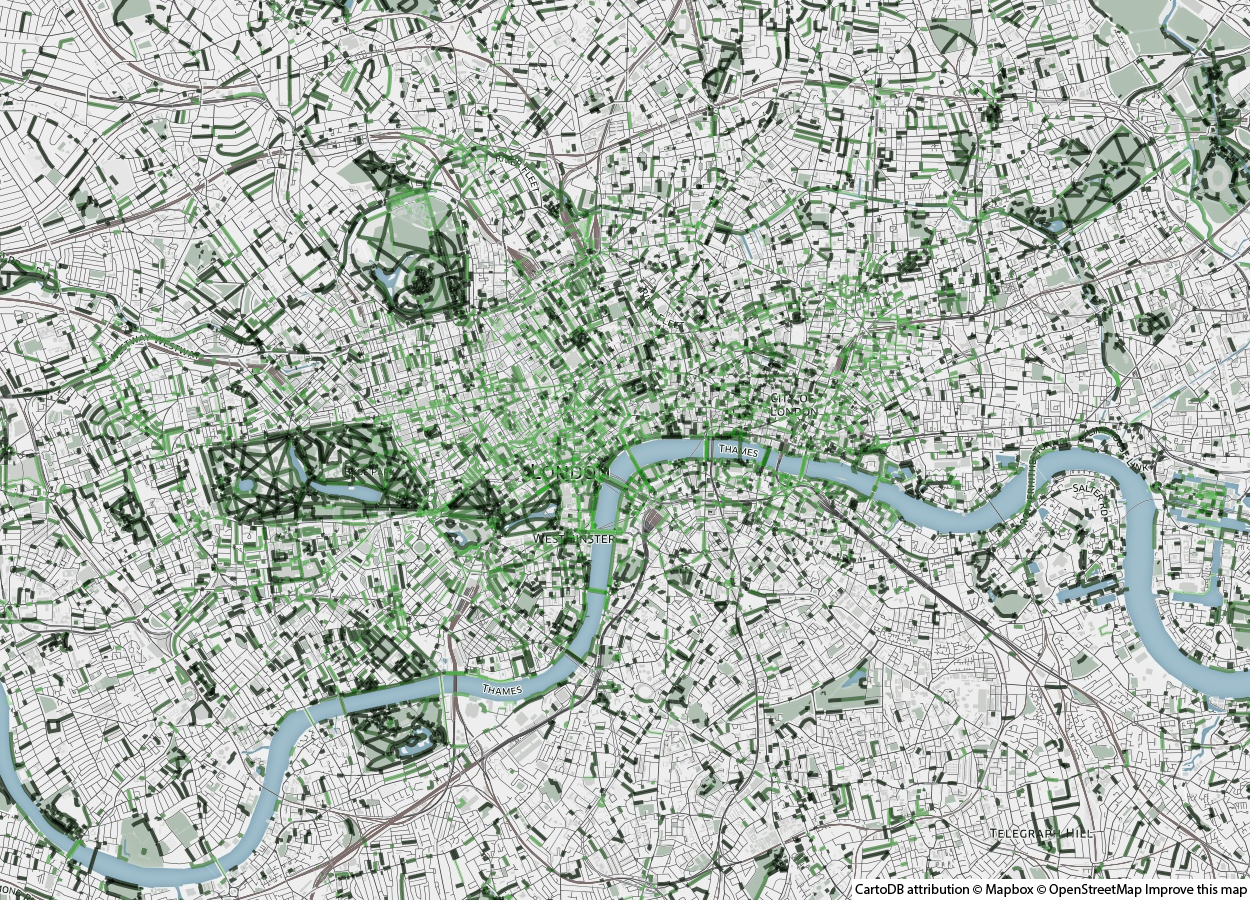Here are the best places to smell nature in London
Specifically trees, flowers and grass

A team of researchers have produced an 'urban smellscape', in the hope of 'celebrating the complex smells of our cities' rather than just focusing on the bad ones as residents and local politicians might.
Primarily looking at London and Barcelona, the team have created several maps, displaying the cities by nature, animals and emissions smells.
"Think about your nose. Now think about big data. You probably didn’t realize it, but your nose is a big data machine. Humans are able to potentially discriminate more than one trillion different odors," a summary of their research paper said.
"On one hand, we have our big data nose; on the other hand, we have city officials and urban planners who deal only with the management of less than ten bad odors out of a trillion. Why this negative and oversimplified perspective? Smell is simply hard to measure."
Despite this message of positivity regarding scent, the maps do offer the chance to look at the parts of London that smell most of vomit and petrol (see the colour chart above) but the nature map is perhaps more useful.
It shows Hyde Park and Regent's Park to be havens for good smells, and reveals that nature can be smelled a lot more strongly in north London than south.
Here's researchers Daniele Quercia, Luca Maria Aiello, Rossano Schifanella, and Kate McLean's methodology:
'They run smell walks in seven cities in UK, Europe, and USA and, in so doing, collected smell-related words. Locals were asked to walk around their city, identify distinct odors, and take notes. Smell descriptors were taken verbatim from the smell walkers’ original hand-written notes.
'The researchers then matched the smell related words with social media data (tags on Flickr pictures and tweets) for the cities of London and Barcelona. To structure this large and apparently unrelated dataset of smell words, they built a co-occurrence network where nodes are smell words and undirected edges are weighted with the number of times the two words co-occur in the same items. The result of this process is the first urban smell dictionary containing 285 English terms.'
Their research paper on 'Smelly Maps' can be read in full here.
In pictures: London Mapper shows capital as you've never seen it before
Show all 10Subscribe to Independent Premium to bookmark this article
Want to bookmark your favourite articles and stories to read or reference later? Start your Independent Premium subscription today.

Join our commenting forum
Join thought-provoking conversations, follow other Independent readers and see their replies